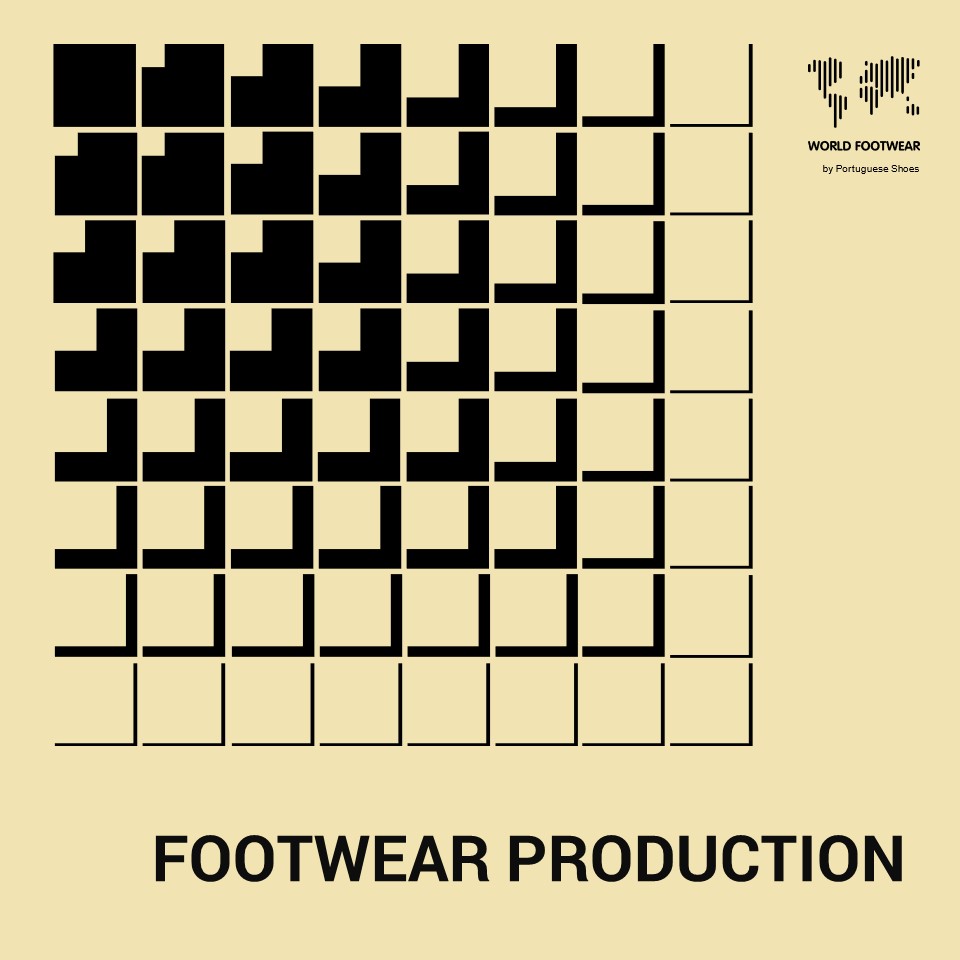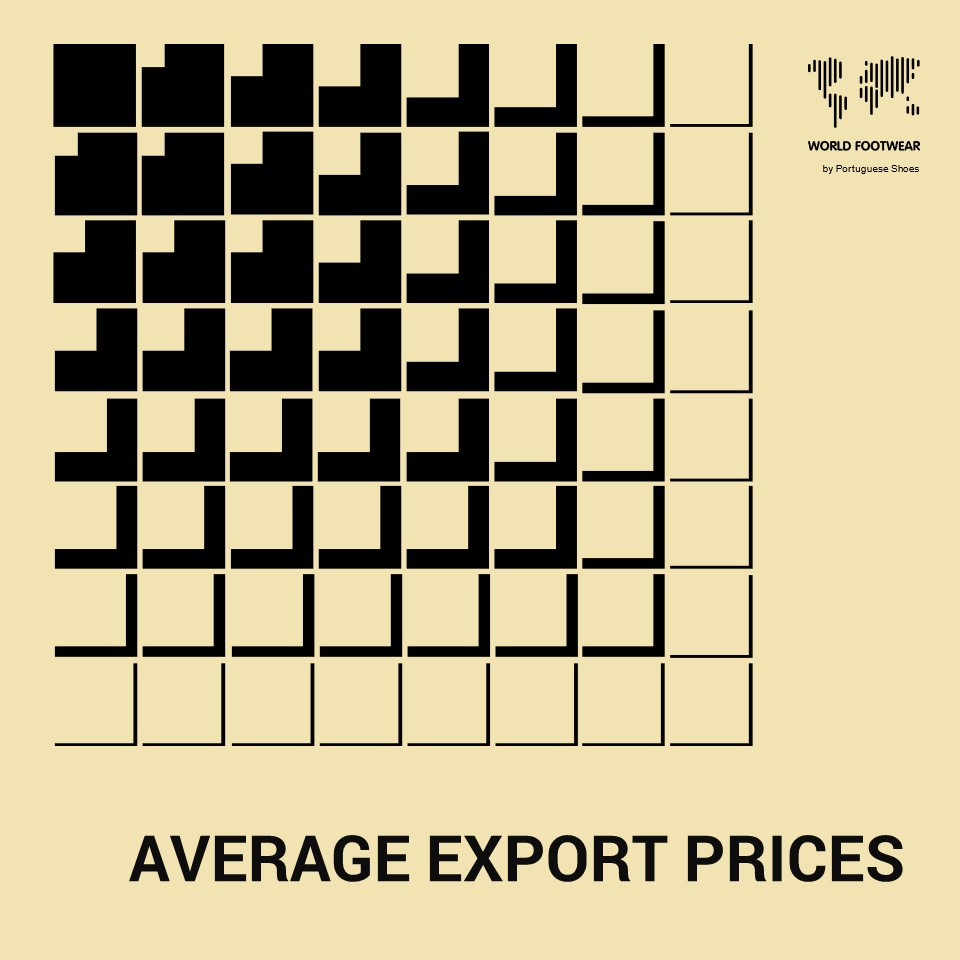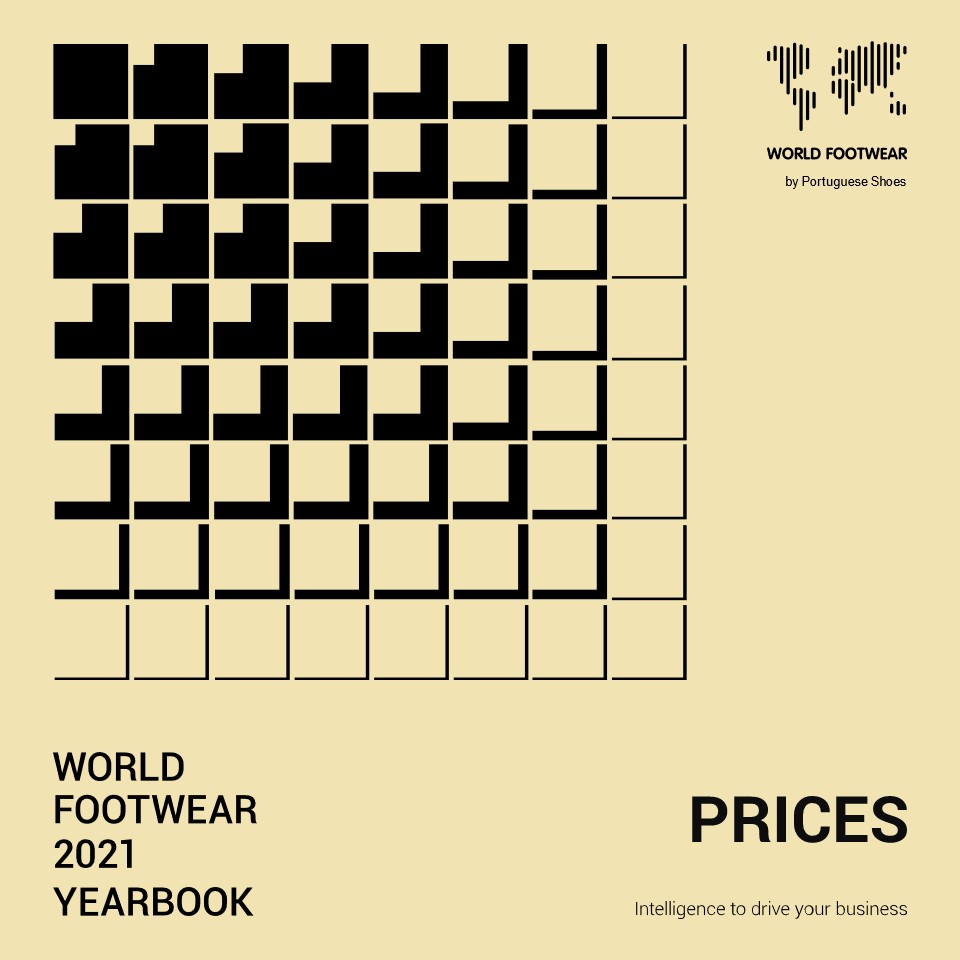The pandemic led to a higher global attention for the Turkish footwear industry
We spoke with Berke iÇTEN, recently appointed President of the Footwear Industrialists Association of Turkey (TASD), and have discussed the current state and future challenges of the footwear industry in Turkey and in the global scene
Berke iÇTEN, who started its functions at TASD as substitute Board Member in 2008, has been recently elected as the Association’s Chairman. He is clear about the priorities for his mandate: “As a newly elected association management, our most important priority is to further introduce the Turkish Footwear Industry to the world and to increase its integration with global supply chains”. To move the industry towards this direction, TASD’s new management have formed committees working in various fields, such as the one dedicated to the foreign trade, international relations, and fair committees. One of the first visible actions has been the 65th edition of AYMOD, the Footwear and Fashion Fair, the Istanbul-based event taking place twice a year and which kicked off on the 29th of September: “We give great importance to the AYMOD fair in terms of it contributing to our international integration; therefore, produce projects for the development of the fair. We are taking steps to bring our brands, which have achieved great volume and success in our domestic market, to global levels”, Mr. iÇTEN has stated.
On this matter, the Chairman of TASD believes that Turkey is a “candidate to be one of the most important future suppliers of the global shoe sector” and the pandemic contributed to attracting a more global attention to the Turkish footwear industry.
The Turkish Footwear Industry
“There is an industry in Turkey that works with global brands and which has an annual production capacity of 550 million pairs. With this industrialization, Turkish shoemaking has not lost its traditional handcraft-based production memory also”, Mr. iÇTEN started when we asked him about the state of the footwear industry in his country. He continues highlighting that a distinctive feature of the industry is flexibility, with a structure that can fit requests from either “large-volume productions or workshop-style boutique productions”. The ability of the industry to create two seasons within one season is another advantage of a country which has a geographical location near to 3 continents. “A rare advantage to global companies for risk management within the supply chain”, to which one can add the Customs Union Agreement with the European Union, allowing Turkish footwear to freely enter the European duty-free zone. “All these advantages are reflected positively on Turkey’s exports and an increase is recorded at a level of 18-20% every year compared to the previous year. Exports of January-August period of 2021 broke the export record of all times, even surpassing the 2019 period”.
COVID-19 Impact
The Turkish footwear industry was impacted by the pandemic, as in any other region of the world. And although the initial forecast was for heavy damages, the reality turned out to be less severe. “Online sales ensured the continuation of cash flow and retail chain remained on its feet. This allowed the producers to pull through the process, with little damage, and without experiencing major negative issues” and in the middle of 2020 “the pandemic started to provide positive yields for Turkey”. Given the existing long-term purchasing structure of the far east-centered supply chain, some purchasing groups, wishing to minimize risks started to look for the Turkish Footwear industry.
The Role of Digitalization
Digitalization gained a serious momentum in many regions of the world during the pandemic and Turkey was no exception: “the Turkish shoe industry organized regional and national digital fairs together with the Export Associations. By establishing B2B platforms and infrastructures both in their own organizations and in the industry, the companies have come together with their customers and potential customers and started to present their products in virtual showrooms without any physical visits. Although this situation is unusual for both the buyers and the sellers, we saw that we were able to continue our business this way. This led to time and resources savings”.
Future Challenges
On top of the discussion there is the increasing expectation the market has for inexpensive products, which is not taking in consideration the increasing costs of the industry’s raw materials: “R&D research and new production methods will be needed in order to provide an economical price without lowering the quality”. A challenge for the industry for sure. Another one comes from the “speedy depletion of raw material resources on a global scale and its rapid pollution of the world”. This leads to the need of replacing traditional raw materials by recyclable and biodegradable products”.
Sustainability
A topic which has been on the industry’s agenda for a long time now is sustainability, so the theme had to be included on our conversation: “We see this not as a trend but as a permanent situation and a reality of the supply chain, and within TASD sustainability is one of the most important issues that we put emphasis on in order to protect our future generations”. The Association has created a commission that will deal with the topic and is also offering training to all stakeholders of the sector. While raising awareness in the sector, they have already started to develop products with the R&D centers to produce earth-friendly shoes. “Aside from these, we started to use green energy in industrial zones, so we can minimize our carbon footprints”, Mr. iÇTEN has concluded.








